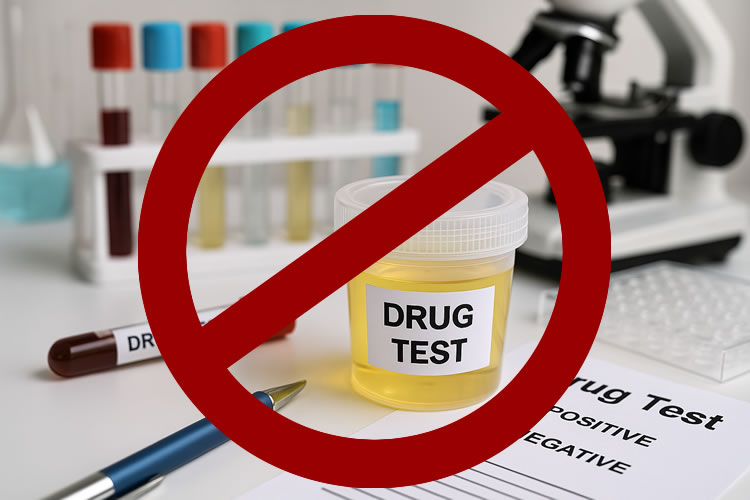Do you remember starting your day with a bowl of sugary cereal, only to fight off sleep by mid-morning? Did a school lunch of pizza, fries, and chocolate milk leave you groggy through the afternoon? And as an adult, have you felt the same post-lunch slump—a wave of drowsiness and fog that makes focusing nearly impossible?
This cycle of sugar spikes and crashes isn’t just anecdotal. Nutrition researchers describe it as postprandial hyperglycemia—a sharp rise in blood sugar after carbohydrate-heavy meals, triggering insulin surges that often lead to fatigue and difficulty concentrating.
For tens of thousands of Vermonters relying on food assistance, this pattern may be built into the very system meant to help them.
Annually, Vermont’s Supplemental Nutrition Assistance Program (SNAP), known locally as 3SquaresVT, distributes nearly $155 million to about 65,000 people. The payments are funded entirely by the U.S. Department of Agriculture, although Vermont shares in the program’s administrative costs—typically covering around half of the expenses involved in eligibility, EBT support, and outreach. Federal data shows less than 36% of those benefits were spent on nutrient-dense foods like meat, dairy, and non-starchy vegetables. The majority funded refined grains, sweetened beverages, and ultra-processed snacks.
A Diet That Sets Up Crashes
A USDA study of national SNAP purchases offers a detailed picture:
| Category | Approximate Share |
|---|---|
| Meat, poultry, seafood | 19.2% |
| Dairy products | 11.7% |
| Non-starchy vegetables | 4.3% |
| Starches (bread, pasta, rice, potatoes, etc.) | 40.6% |
| Sweetened beverages and snacks | 17.1% |
Applied to Vermont, these proportions translate to roughly:
- $63 million on starches
- $26.4 million on sugary drinks and snacks
- $11 million on fruits (sugar-heavy)
- $29.8 million on meat and seafood
- $18.1 million on dairy
- $6.7 million on non-starchy vegetables
This means more than $100 million—nearly two-thirds of Vermont’s SNAP benefits—supports foods known to spike blood sugar and drive energy crashes.

Built on Calories, Not Nutrition
SNAP was created in 1964 to fight hunger by increasing access to calories. But critics argue it has not kept pace with nutrition science.
Research shows SNAP participants often consume more calories than non-recipients, but their diets are higher in carbohydrates, sugar, and sodium—raising concerns about diet quality and long-term health outcomes.
Federal commodity programs like The Emergency Food Assistance Program (TEFAP) also reinforce this focus, supplying food banks with bulk items such as flour, rice, pasta, and potatoes—alongside smaller quantities of canned meats and powdered milk.
While calorie-dense and shelf-stable, these foods can contribute to the very cycle of energy highs and lows that public health experts warn undermines cognitive performance, work productivity, and overall well-being.
🍁 Make a One-Time Contribution — Stand Up for Accountability in Vermont 🍁
Health Impacts of Food Aid Patterns
Vermont’s obesity rate stands at approximately 29%, and 9% of adults are diagnosed with diabetes, according to the Centers for Disease Control and Prevention. Nationally, studies estimate obesity-related medical costs reach roughly $147 billion annually, or about 9–10% of total U.S. health spending, according to CDC data. In Vermont, Medicaid covered nearly 195,000 people in 2024.
These health outcomes, combined with the well-documented impact of postprandial sugar crashes on attention and mood, have prompted some researchers to question whether SNAP’s current design promotes not just food security but also long-term self-sufficiency.
Steps Toward Change
In 2025, Arkansas and Indiana received USDA waivers to ban SNAP purchases of soda, candy, and other junk foods. Proponents say such restrictions could shift spending toward nutrient-rich options and reduce diet-related health burdens.
Vermont has not applied for similar waivers. Anti-hunger organizations warn that restrictions could stigmatize recipients or create logistical challenges for retailers.
Meanwhile, initiatives like Vermont’s Crop Cash program, which doubles SNAP dollars spent on fruits and vegetables at farmers markets, represent smaller-scale efforts to encourage healthier choices.
A Question of Outcomes
The science is clear: a diet high in refined carbohydrates and sugar can leave people fatigued, foggy, and less productive. For Vermont’s 65,000 SNAP recipients, the current system may unintentionally reinforce these cycles.
With $155 million spent annually, policymakers face a difficult question: Should SNAP remain focused on calories alone, or should it evolve to prioritize nutrition and help families break free of a diet that undermines energy and long-term health?
Experts say breaking entrenched dietary habits isn’t easy. Decades of cheap, highly processed foods and aggressive marketing have normalized a cycle of sugar highs and energy crashes.
Nutrition education programs like Vermont’s Veggie Van Go aim to teach healthier choices, and initiatives like Crop Cash double SNAP dollars for fresh produce. But these programs remain small next to SNAP’s scale. Could stricter purchase guidelines, expanded education, or incentives for whole foods shift habits? For now, the question remains open.
Dave Soulia | FYIVT
You can find FYIVT on YouTube | X(Twitter) | Facebook | Parler (@fyivt) | Gab | Instagram
#fyivt #VermontSNAP #FoodInsecurity #HealthyEating
Support Us for as Little as $5 – Get In The Fight!!
Make a Big Impact with $25/month—Become a Premium Supporter!
Join the Top Tier of Supporters with $50/month—Become a SUPER Supporter!










Leave a Reply